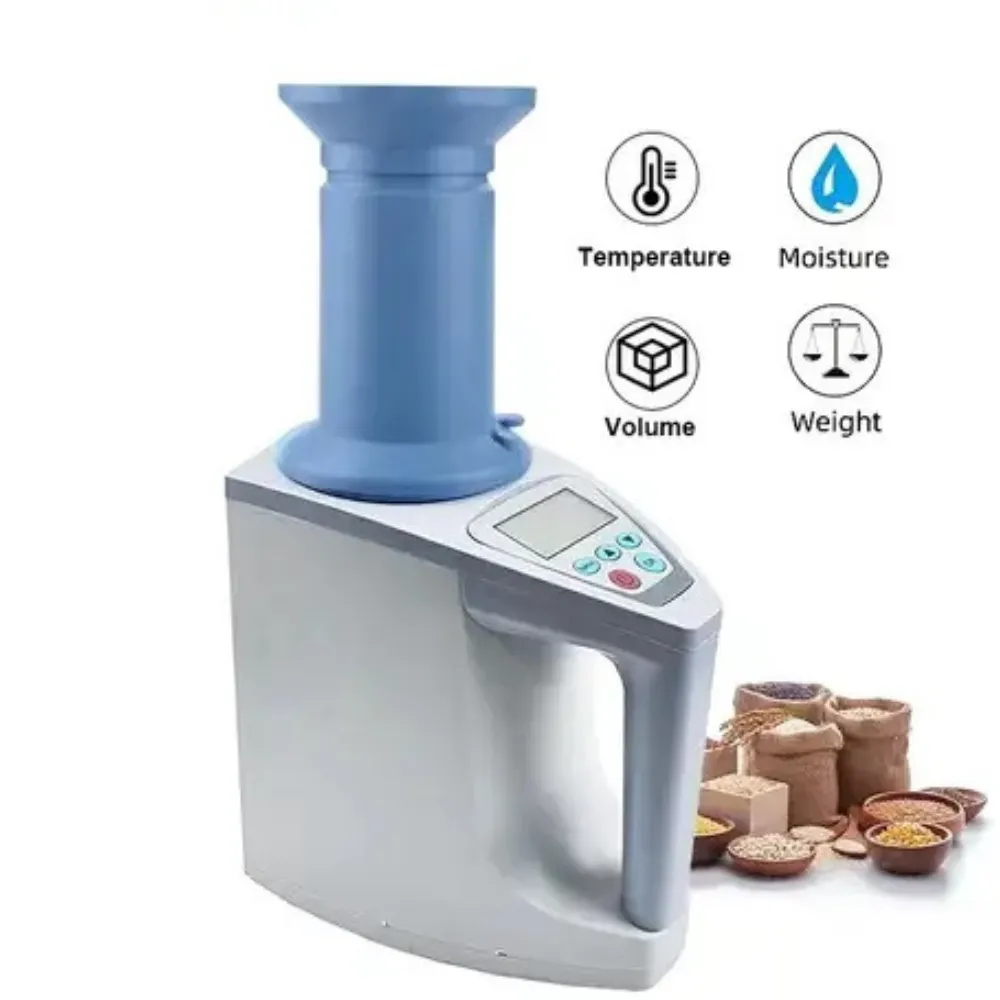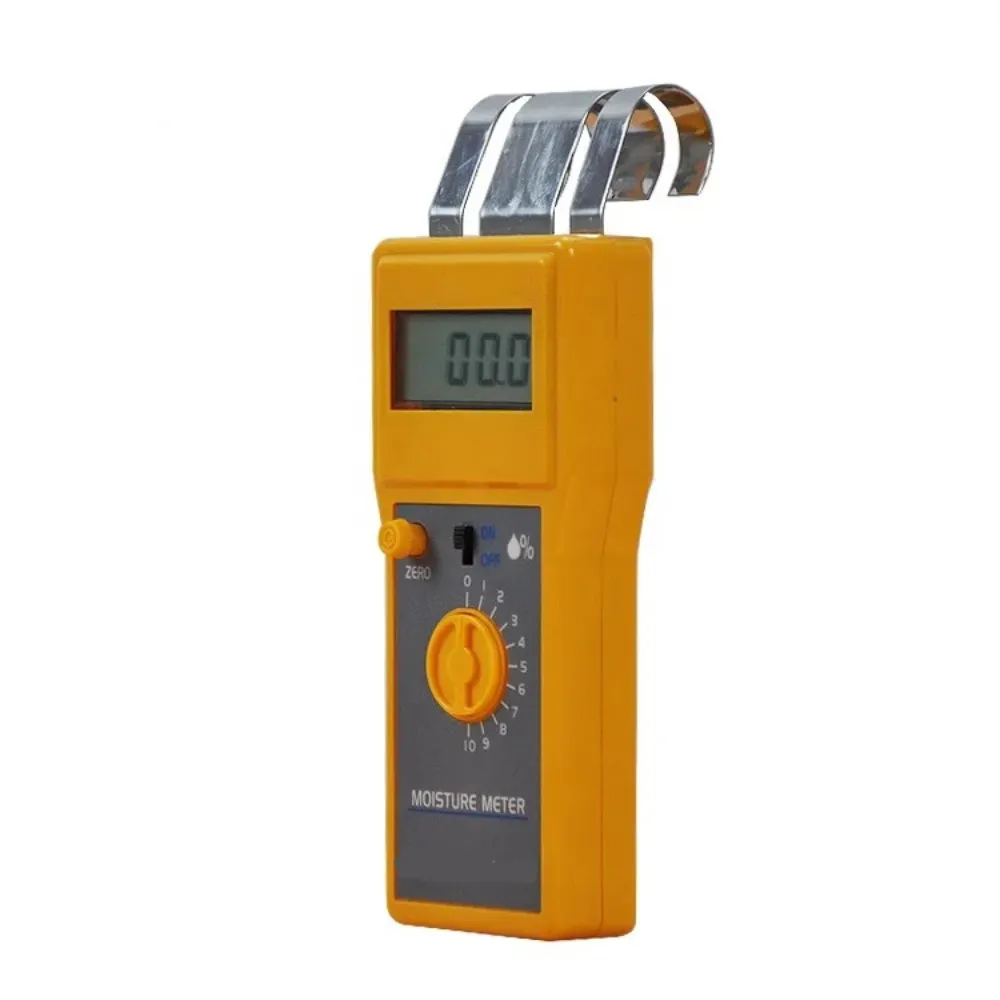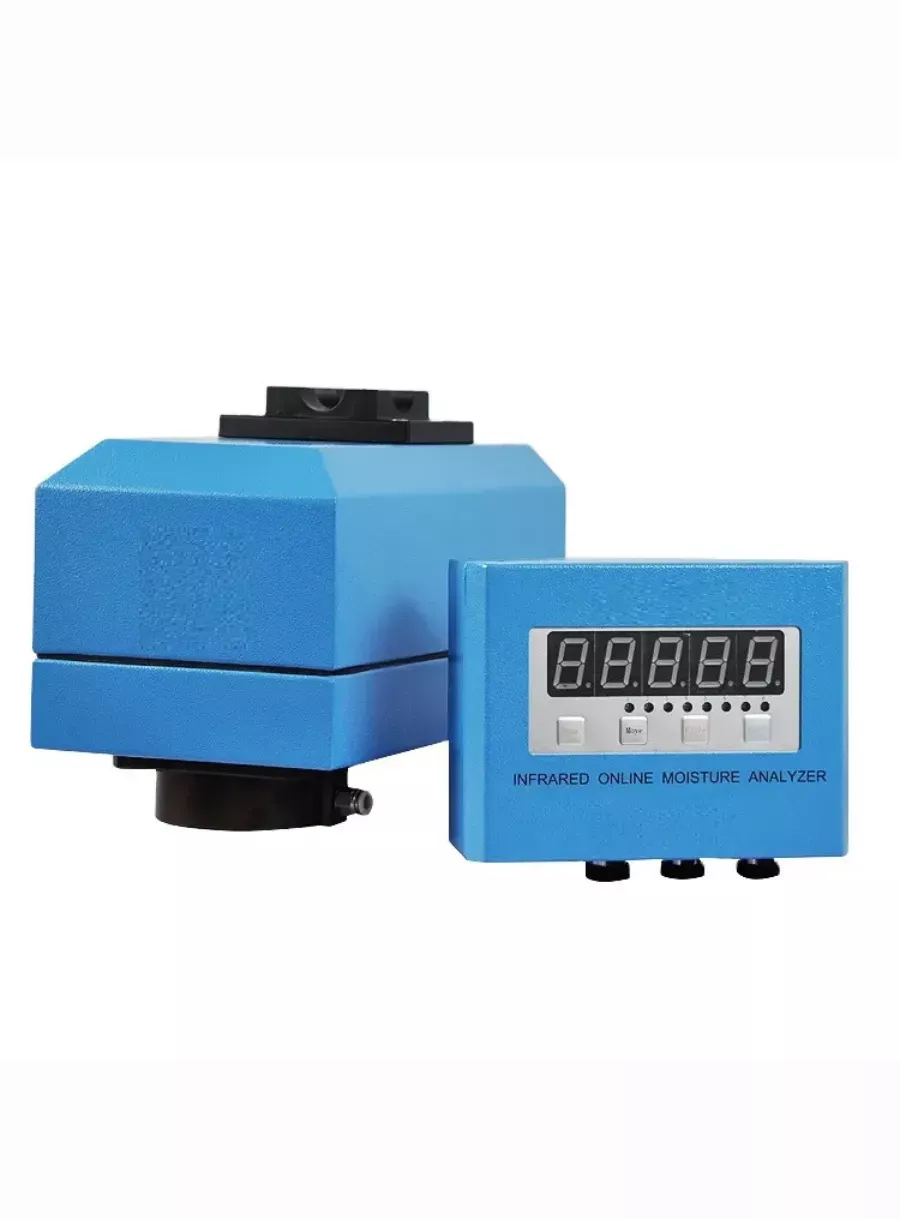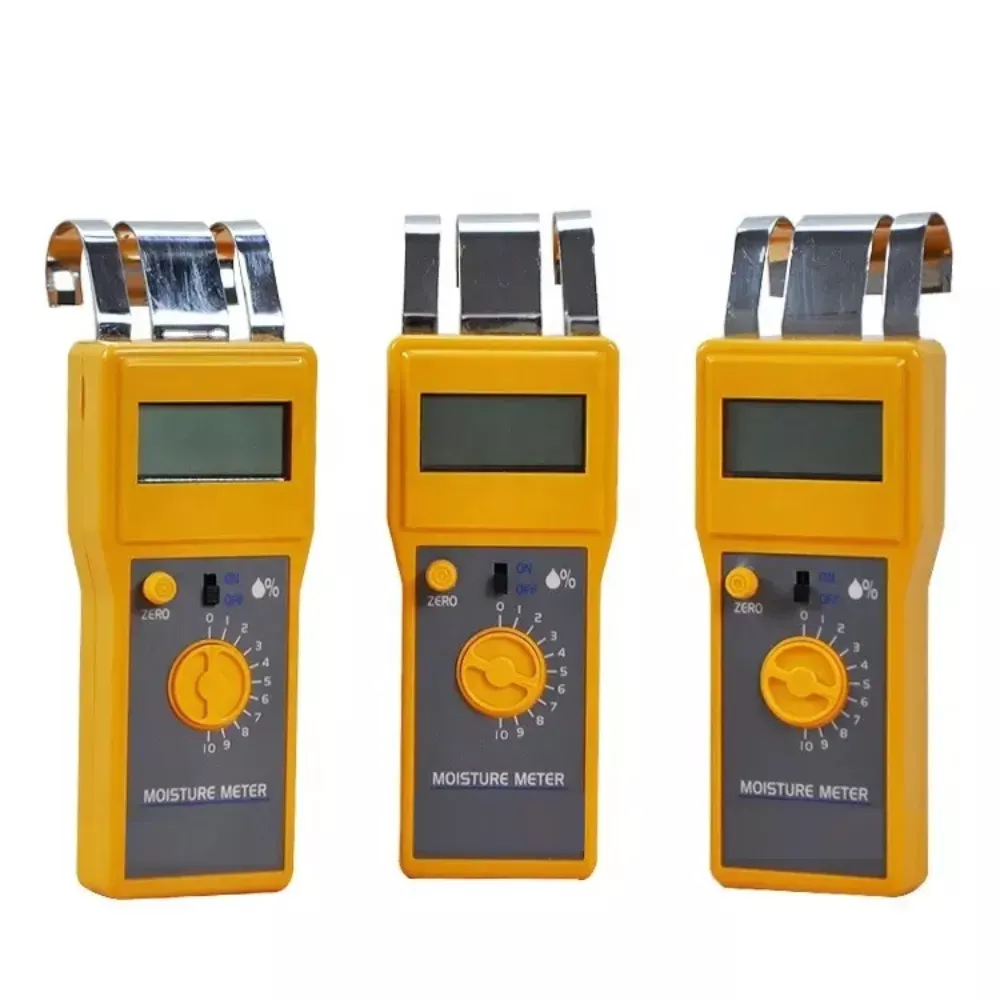
Understanding Food Moisture Meters: A Comprehensive Guide
This comprehensive guide delves into the importance of food moisture meters, explores their working principles, and highlights the different types available on the market.
Table of Contents
Why Food Moisture Matters
Maintaining the right moisture content in food is paramount for several reasons:
- Quality and Taste: Moisture significantly influences the texture, taste, and overall appeal of food. Too much moisture can make food soggy or prone to spoilage, while too little can result in a dry, unappetizing product.
- Shelf Life and Preservation: Moisture content directly impacts the shelf life of food products. High moisture creates an environment conducive to microbial growth, leading to spoilage. Accurate moisture control helps extend shelf life and minimize waste.
- Food Safety: Controlling moisture levels is crucial for inhibiting the growth of harmful bacteria and fungi that can cause foodborne illnesses. Proper moisture content ensures food safety and consumer well-being.
- Process Control and Consistency: In food processing, consistent moisture levels are essential for achieving uniform product quality, optimizing processing times, and minimizing energy consumption.

How Food Moisture Meters Work: Unveiling the Science
Food moisture meters operate on the principle of electrical conductivity. The presence of moisture in food affects its ability to conduct electricity. These meters measure this conductivity to determine the moisture content. Here’s a simplified breakdown:
- Introducing the Sample: A small sample of the food product is placed on the meter’s sensor or within its designated measuring chamber.
- Passing the Current: The meter passes a safe, low-voltage electrical current through the food sample.
- Measuring Conductivity: The meter measures how easily the electrical current flows through the sample. Moisture, being a good conductor of electricity, enhances the current flow.
- Calculating Moisture Content: Based on the measured conductivity, the meter calculates the moisture content of the food sample and displays it as a percentage.
Types of Food Moisture Meters: Finding the Right Fit
The market offers various types of food moisture meters, each with its own advantages and limitations:
Pin-Type Moisture Meters:
- Mechanism: These meters employ a probe with two metal pins that are inserted into the food sample. The electrical conductivity is measured between these pins.
- Pros: Highly accurate, durable, and suitable for a wide range of food products.
- Cons: Can be challenging to use with irregularly shaped or delicate food items. Pin insertion may cause slight damage to the sample.
Pinless Moisture Meters:
- Mechanism: These meters utilize non-invasive electromagnetic waves to measure moisture. A probe is held near the food surface without direct contact.
- Pros: User-friendly, ideal for irregularly shaped or delicate foods, and allows for quick, non-destructive measurements.
- Cons: May not be as accurate as pin-type meters for certain food types. Depth of measurement is limited.
Insertion Moisture Meters:
- Mechanism: These meters feature a probe that is inserted into the food product, typically to a specific depth. The probe measures conductivity within the sample.
- Pros: Suitable for measuring moisture at different depths within a food product. Useful for foods with varying moisture gradients.
- Cons: May not be as versatile as pin-type or pinless meters for all applications.

Choosing the Right Meter: Factors to Consider
Selecting the most appropriate food moisture meter depends on several factors:
- Type of Food: The physical characteristics of the food product, such as its texture, shape, and moisture distribution, will influence the choice of meter.
- Accuracy Requirements: Different applications demand varying levels of accuracy. Consider the acceptable tolerance for moisture measurement errors.
- Ease of Use: User-friendliness is crucial, especially for routine measurements. Consider the meter’s design, display, and ease of operation.
- Budget: Food moisture meters come in a range of prices. Balance the features and accuracy with the budget constraints.
Conclusion
Food moisture meters are indispensable tools for ensuring food quality, safety, and regulatory compliance. By understanding the importance of moisture control, the working principles of these meters, and the different types available, food industry professionals can make informed decisions to select the most appropriate device for their specific needs.


